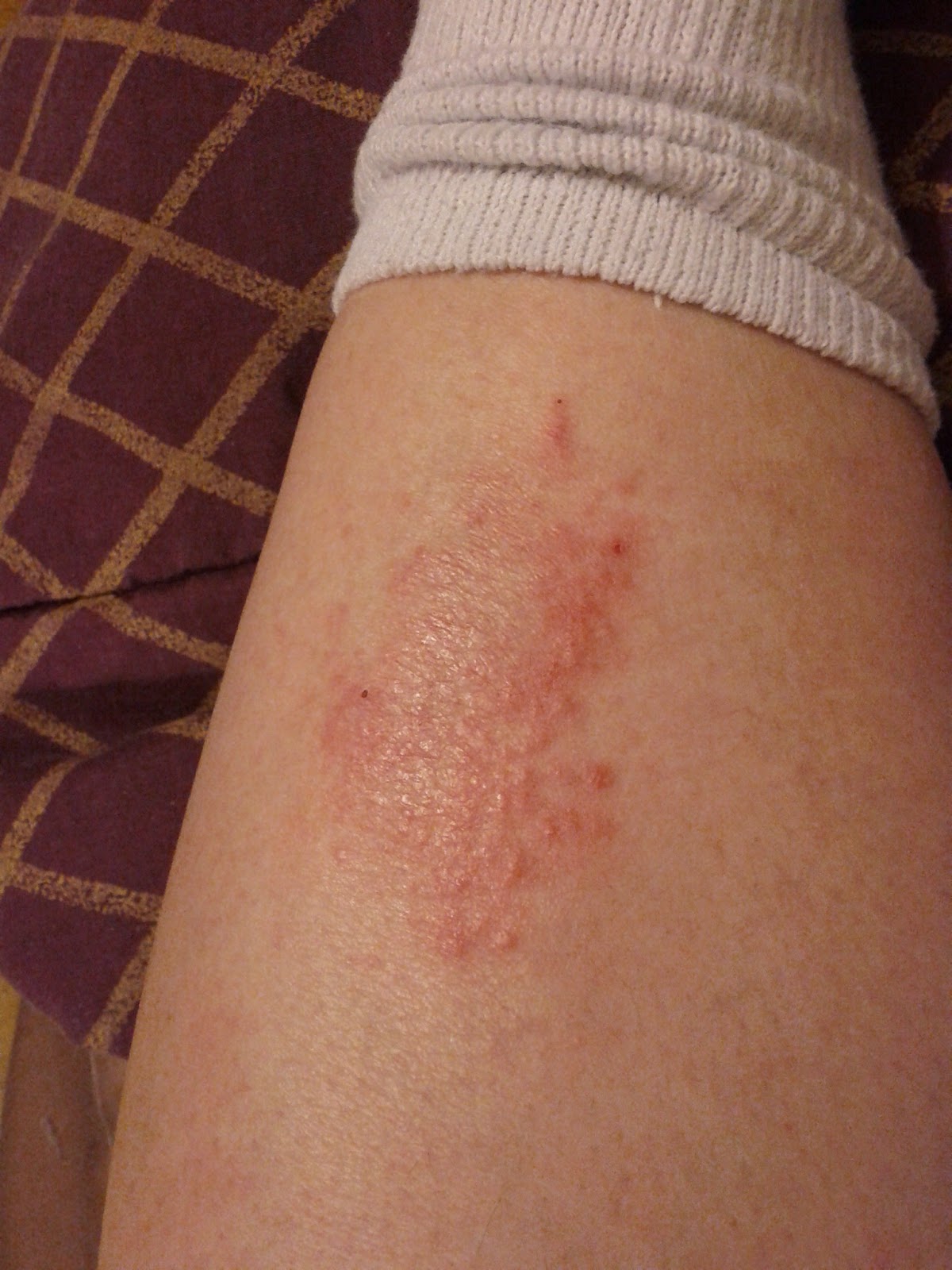Decoding that Sun Rash Itch: Causes, Relief, and Prevention
That familiar, irritating itch. The telltale redness. You’ve been kissed by the sun, alright – but not in a good way. A sun rash, or more accurately, a range of skin irritations triggered by sun exposure, can quickly turn a day of fun into a week of discomfort. This article dives into the world of sun-induced skin reactions, exploring everything from the common sunburn to the less familiar polymorphous light eruption.
Sun sensitivity manifests in various ways. For some, it’s a mild pinkness that fades quickly. For others, it’s an intensely itchy rash that can last for days or even weeks. This sensitivity is largely due to the ultraviolet (UV) radiation in sunlight. UV radiation damages skin cells, triggering inflammation and a cascade of reactions that result in the characteristic symptoms of a sun rash: redness, itching, burning, and sometimes even blistering or small bumps.
Historically, sun exposure was often viewed as a sign of health and vitality. Tanned skin was fashionable, and the dangers of UV radiation were largely unknown. Today, we understand the significant risks associated with excessive sun exposure, including skin cancer and premature aging. Understanding the different types of sun rashes is crucial for protecting your skin and enjoying the sun safely.
Polymorphous light eruption (PMLE), often referred to as a sun allergy, is a common reaction that causes an itchy rash to develop on sun-exposed skin. It typically appears within hours or days of sun exposure and can range from small, raised bumps to larger, more widespread patches of redness. The exact cause of PMLE remains unclear, but it's believed to be an immune system response to UV radiation.
While a simple sunburn can often be treated with home remedies like cool compresses and aloe vera, more severe reactions like PMLE may require medical attention. Identifying the specific type of sun rash you're experiencing is essential for effective treatment and prevention.
Preventing sun rash starts with limiting sun exposure during peak hours (generally between 10 a.m. and 4 p.m.) and consistently using broad-spectrum sunscreen with an SPF of 30 or higher. Protective clothing, like long-sleeved shirts and wide-brimmed hats, can also help shield your skin from harmful UV rays.
Step-by-step guide for managing sun rash:
1. Identify the rash: Is it a simple sunburn or something more complex like PMLE?
2. Seek shade immediately: Get out of the sun to prevent further damage.
3. Cool the affected area: Apply cool compresses or take a cool bath or shower.
4. Moisturize: Use a gentle, fragrance-free moisturizer to soothe dry, irritated skin.
5. Consider over-the-counter remedies: Hydrocortisone cream can help reduce itching and inflammation.
6. Consult a doctor: If the rash is severe, blisters are present, or you experience fever or other symptoms, seek medical attention.
Advantages and Disadvantages of Sun Exposure
| Advantages | Disadvantages |
|---|---|
| Vitamin D synthesis | Sunburn |
| Improved mood | Premature aging |
| Stronger bones | Increased risk of skin cancer |
Frequently Asked Questions:
1. What is the difference between sunburn and sun rash? Sunburn is a specific type of sun rash caused by excessive exposure to UVB rays. Sun rash is a broader term encompassing various skin reactions triggered by sun exposure.
2. Can I prevent sun rash? Yes, by limiting sun exposure, using sunscreen, and wearing protective clothing.
3. How long does sun rash last? It depends on the severity and type of rash. A mild sunburn may fade within a few days, while PMLE can last for weeks.
4. What are the best home remedies for sun rash? Cool compresses, aloe vera, and oatmeal baths can help soothe irritated skin.
5. When should I see a doctor for sun rash? If the rash is severe, doesn't improve with home treatment, or is accompanied by other symptoms.
6. Is sun rash contagious? No, sun rash is not contagious.
7. Can sun rash occur on cloudy days? Yes, UV rays can penetrate clouds.
8. Can certain medications make me more susceptible to sun rash? Yes, some medications can increase photosensitivity.
Tips and Tricks:
Reapply sunscreen every two hours, especially after swimming or sweating. Choose sun-protective clothing with a UPF rating. Stay hydrated by drinking plenty of water.
In conclusion, understanding the nuances of sun-induced skin reactions, from the common sunburn to the more complex PMLE, empowers you to protect your skin and enjoy the sun responsibly. By taking preventative measures and seeking appropriate treatment when needed, you can minimize the discomfort of itchy skin after sun exposure and maximize your time outdoors. Remember, a healthy relationship with the sun starts with informed choices and a commitment to safeguarding your skin’s health. Prioritizing sun safety isn't just about avoiding a temporary itch; it's about protecting your skin's long-term health and well-being. Be proactive, be informed, and enjoy the sun safely. Your skin will thank you for it.
Fifa 22 volta football and google integration
Rustic farmhouse bathroom vanity mirrors a touch of country charm
Unlocking the warmth of behr parchment paint













